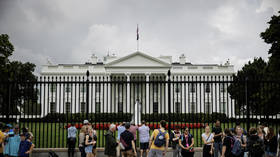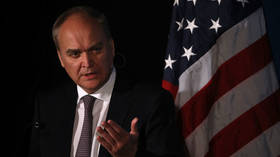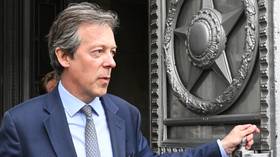US debt becoming unsustainable – report

US national debt will nearly double over the next three decades and interest payments on the sum will triple in relation to gross domestic product (GDP), a non-partisan group of budget experts in Congress has warned.
If current laws remain unchanged, Federal government debt will jump from this year’s estimate of 98% of GDP to 107% by 2029, and to 181% by 2053, the Congressional Budget Office (CBO) warned in a report on Wednesday.
“Such high and rising debt would slow economic growth, push up interest payments to foreign holders of US debt, and pose significant risks to the fiscal and economic outlook”, the CBO wrote.
Debt held by the public represents the amount that the Treasury has borrowed from domestic and foreign investors to support government activities and meet its basic obligations such as healthcare programs and social security. As of December 2022, the public debt stood at 78% of the gross federal debt.
Total US debt now stands at over $32 trillion, after the government suspended the debt ceiling earlier this month to avoid a default.
At the same time, the US Federal Reserve has implemented a series of interest rate hikes in recent months in an attempt to curb the nation’s worst inflation in decades. The Fed interest rate is currently 5% to 5.25%, up from 0% in early 2022.
In the first quarter of this year, interest payments by the US government spiked to 3.5% of GDP, up from 2.4% in the same period in 2022, market strategist Charlie Bilello said earlier this month, noting that this was the largest annual increase on record.
The CBO report also predicted that the gap between spending and revenues will generally increase over the coming decades, reaching 10% of GDP by 2053.
According to the budget group, rising interest rates and primary deficits will cause interest costs to nearly triple in relation to GDP over the next three decades.
For more stories on economy & finance visit RT's business section













